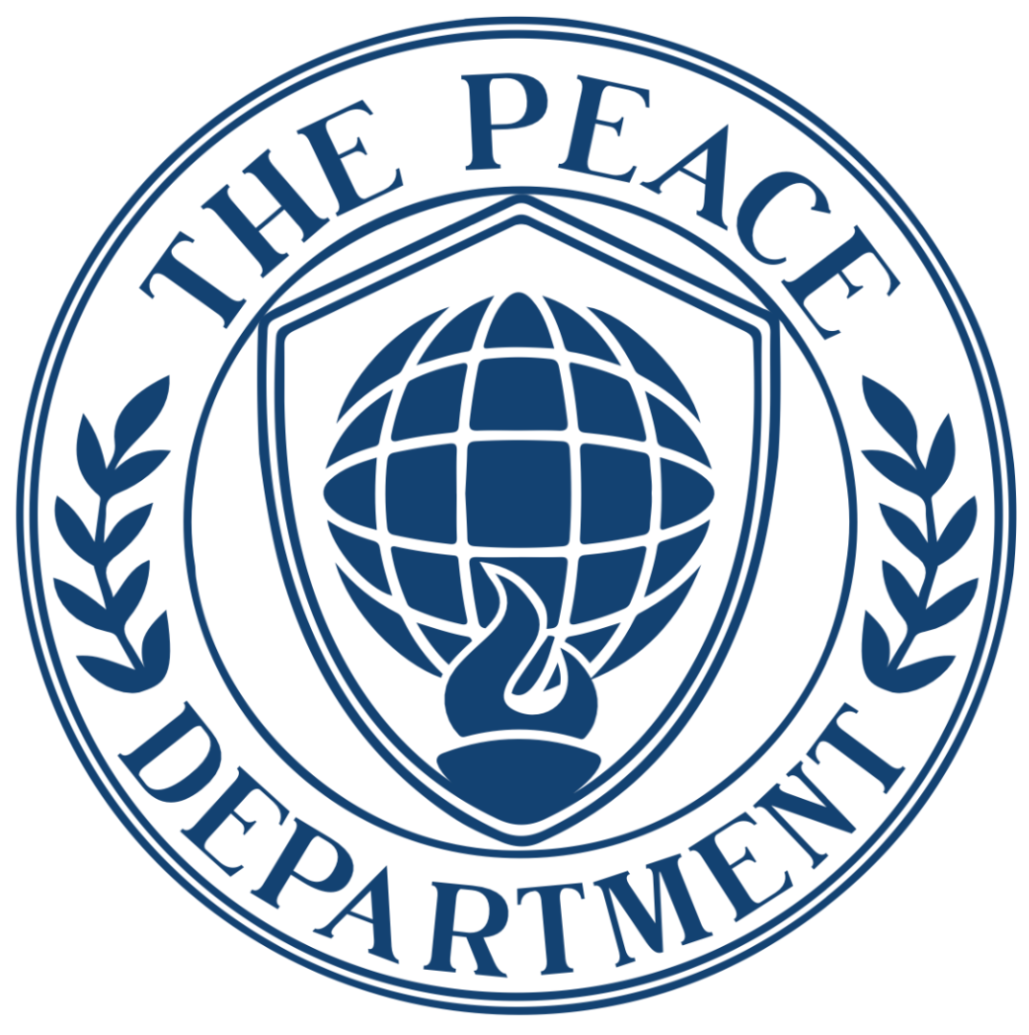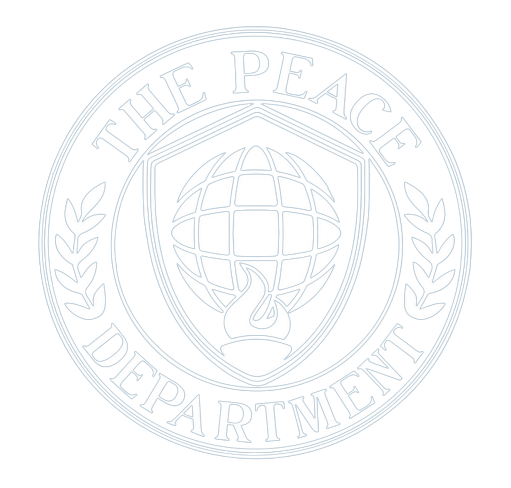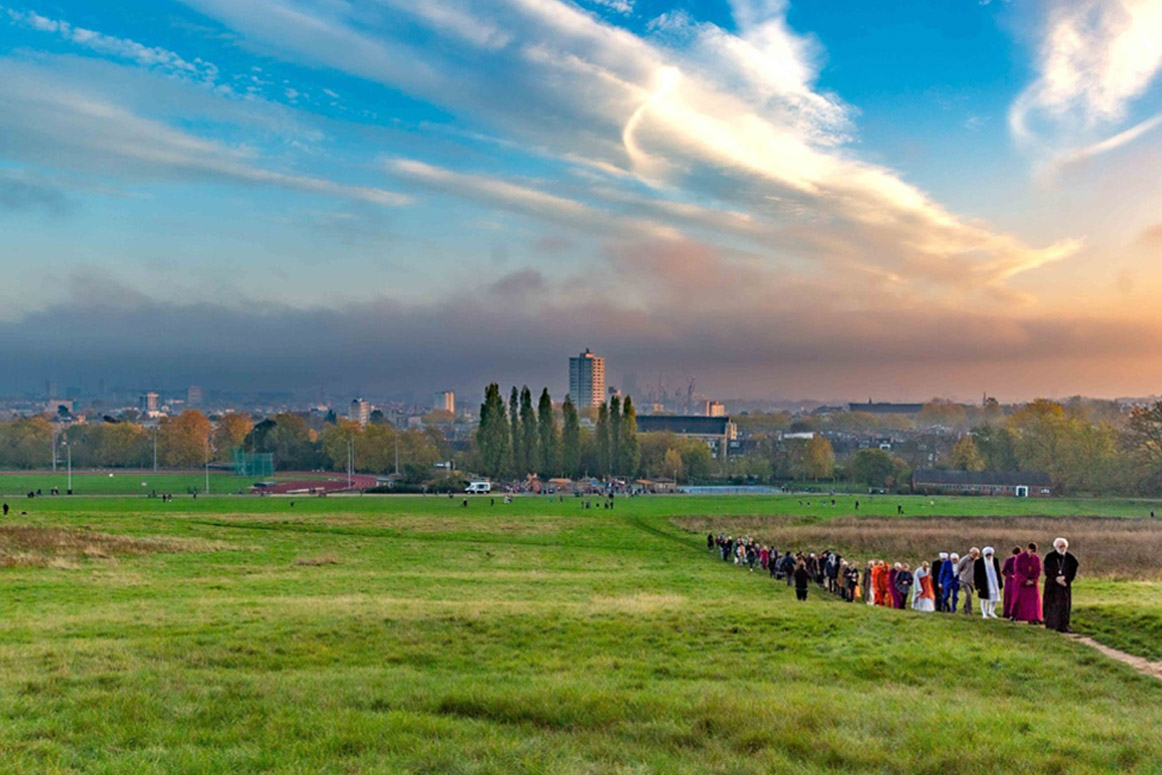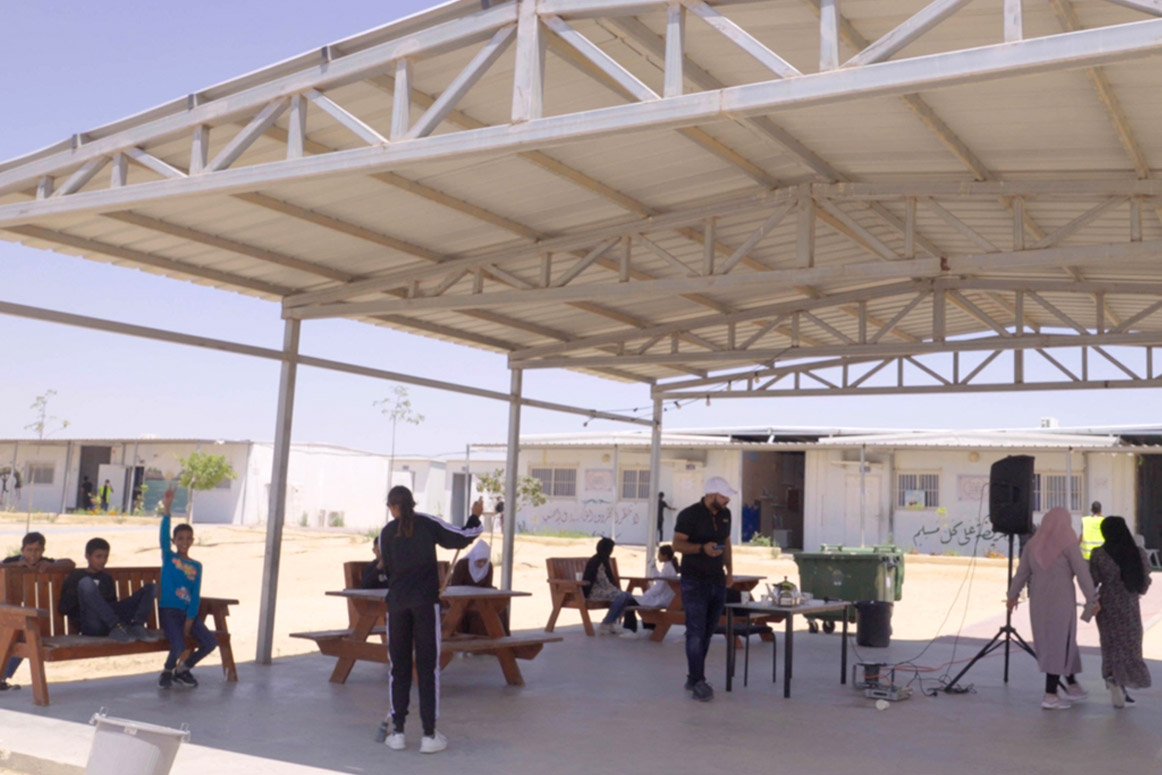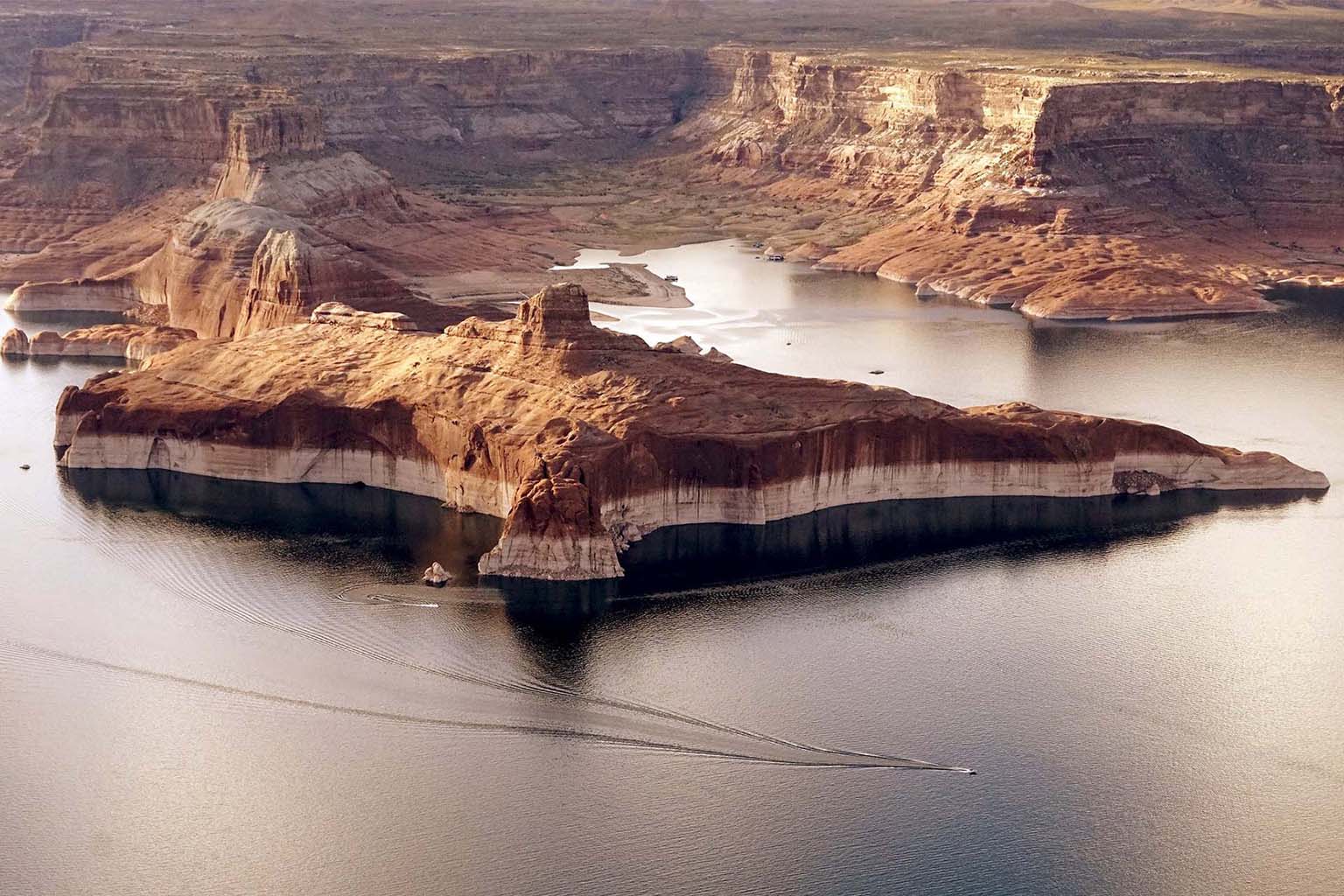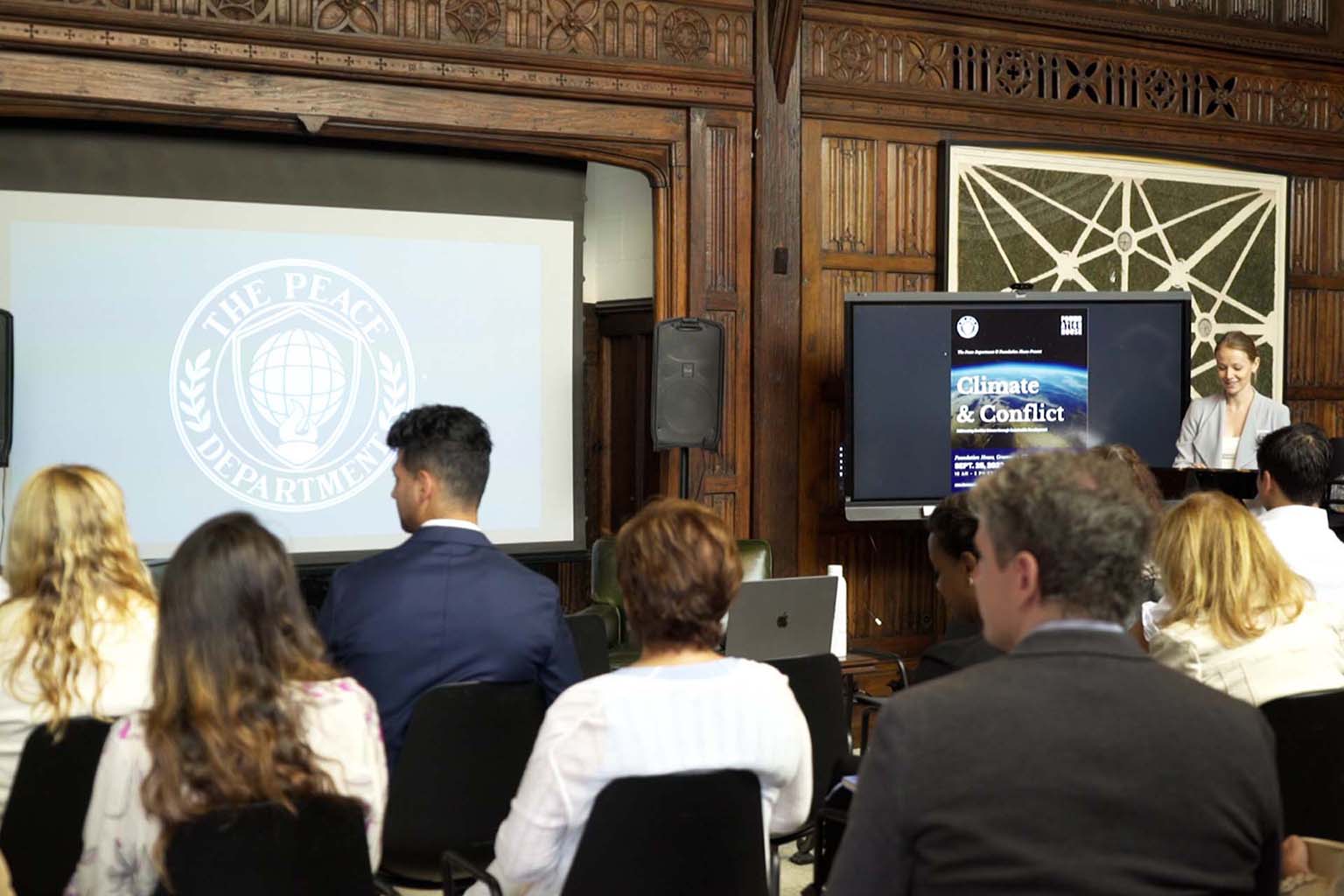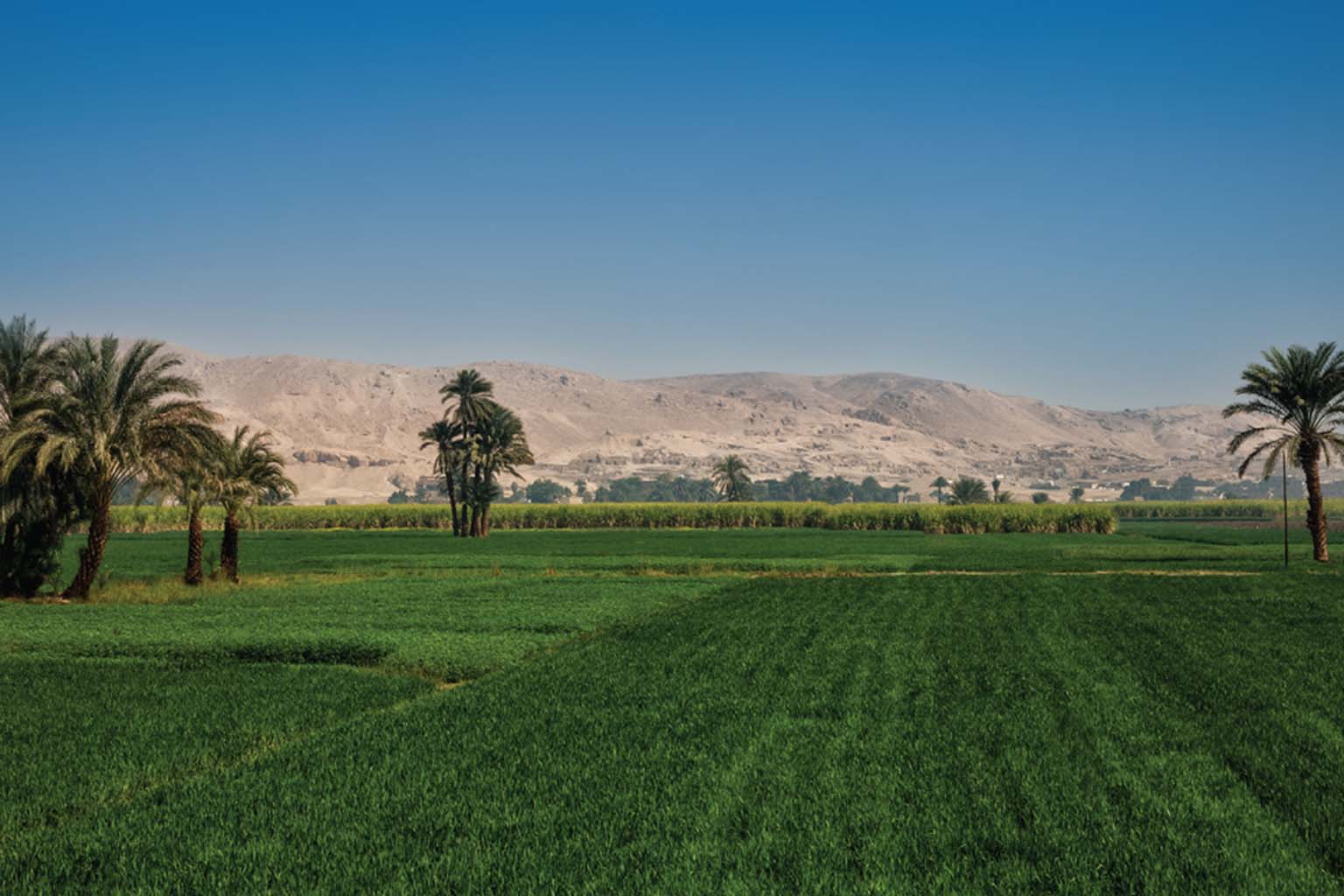Many in the global population currently face water, fertilizer, power, and food shortages, exacerbated by the recent crisis in Ukraine that has rendered Ukrainian/Russian-sourced food, fertilizer, and fuel exports unreliable at best. Global supply chains have come to a slow crawl or a full halt, further threatening global food instability. These shortages are interwoven: food production requires water, fertilizer, and energy, and all are rendered useless if there are no global supply systems to deliver these necessities where they are required; Russia, Belarus, and Ukraine all export a significant portion of the world’s fertilizer, wheat, and oil/natural gas, and the instability, as well as sanctions, levied in the region have thrown the global scales towards further imbalance.
The overall strategy is to improve systems efficiency and enhance productivity through leveraging multiple interventions concurrently: by increasing productive capacity through opening up access to strategic resources, by implementing impactful green tech to improve resource utilization in agriculture, by fast-tracking delivery of vital materials for core operations through special “fast lanes” in shipping, etc. If implemented, it would be possible to cut through the current stagnation of resources to ensure food, water, and energy stability to vulnerable areas at most risk of scarcity. Such a multi-tiered, multilateral approach will increase the productivity of core economic sectors, namely agriculture and energy, the two main sectors driving today’s inflation rates. Addressing these issues not as separate, but rather as inextricably “knotted,” will ensure lasting sustainability and maximum impact.
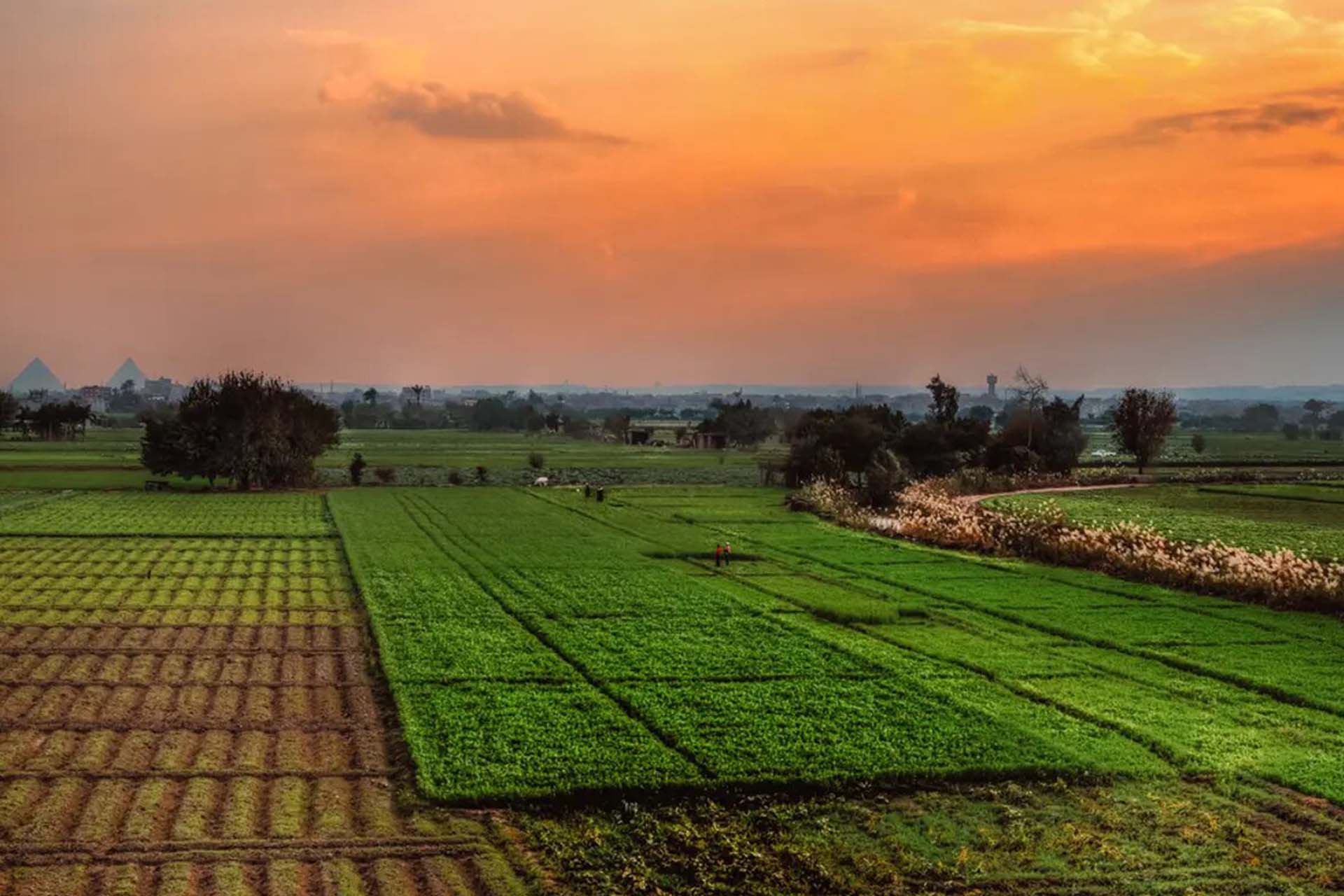
Execution Framework For Regional Systems Upgrade:
- Identify an area which faces food insecurity due to reliance on imports from Russia/Ukraine/Belarus
- Identify local/regional governmental program partner
- Identify constraints on local food production
- Climate – what crops can grow in this temperature range?
- Water access – how much water will be needed to grow here and where will it come from? How will it be distributed across the fields?
- Soil quality – Is the soil arable? What are its water retention capacities? What is the nutrient profile?
- Infrastructure – What infrastructure exists to support food production & distribution? What energy systems are available to power irrigation systems? Are there decent roads to transport materials and produce on?
- Choose crops (largely grains)
- Identify a water acquisition and distribution system (Desalination / Atmospheric Water Generation & Irrigation), identify implementation partner / vendor, calculate volume requirements and cost
- Identify needed soil amendments and fertilizer needs to optimize yields, identify implementation partner / vendor, calculate volume requirements and costs; as needed, create sustainable production systems for needed inputs, such as kelp farms for seaweed fertilizers
- Identify energy requirements & select appropriate renewable energy source(s), identify implementation partner / vendor, calculate capacity needed and costs
- Identify infrastructure requirements, calculate capacity needed and associated costs
- Sum costs, apply to WorldBank, IFC, IMF, private sector for expedited low-interest financing
- Return on debt: local/regional/national program provider assumes the debt and handles on-the-ground fund distribution, revenues from increased local production create taxable income that allows for repayment of debts on a normalized schedule
Strategy Components:
Water Production
- Desalination
- Membrane-Based Desalination
- Thermal Desalination
- Solar Thermal Desalination
The Brine Problem:
The brine generated from the desalination process can be toxic, and expensive to dispose of properly.
Atmospheric Collection
- Atmospheric Water Generation
- Source Panels
- Solar Stills
Water Distribution/Irrigation
- Drip Irrigation
- Center-Pivot Irrigation
Soil Quality
- Water capture amendments (Nanoclay)
- Biochar
- Syntropic agriculture methods
- Arbuscular mycorrhizal fungi
Fertilizers / Fertilizer Access
- Current Fertilizer resource flows
- Current Fertilizer Cartel behaviors
- New fertilizer production: Hydrogen based
- Nature based fertilizer: kelp & compost
Seed Treatments
Supply Chain
- Production of critical components
- Delivery of Components to front lines
- To do this, we need to:
- Identify a list of critical components/component categories
- Create a fast lane (expedited shipping)/slow lane (normal shipping) designation at ports
- Assign faster ships in the fleet to the fast lane duties
